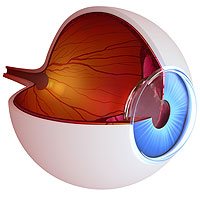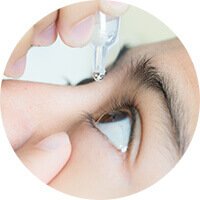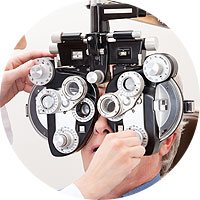Unlike LASIK and other refractive surgery techniques that correct vision by changing the shape of the cornea, Refractive Lens Exchange corrects your vision by changing the focusing power of the eye’s lens. To do this, we replace your natural lens with a new intraocular lens (IOL).
Like the lens of a camera, which focuses images sharply on the film, the eye’s lens focuses light and images on the retina at the back of your eye. With Refractive Lens Exchange , your natural lens is replaced with an IOL selected to give you the best vision for your needs.
Refractive Lens Exchange is well suited for people over 40 because that is the age that most of us begin to lose the ability to focus up close. This occurs when the natural lens becomes less flexible, and no longer accommodates as well to change its focus from distant to near vision. Then reading glasses or bifocals are needed for close work.
Do you want to find our if you’re a candidate?
Schedule your FREE Laser Vision Correction Consultation Online!
The Procedure
Before the procedure, your eye is carefully measured using precision state-of-the-art ultrasound instruments. These measurements are entered into a sophisticated formula to calculate the exact corrective power of your intraocular lens. This procedure uses the same advanced techniques that have been so successful in restoring sight for people with cataracts. The lenses described below with regard to cataract surgery are the same lenses you and your doctor will discuss your options for your Refractive Lens Exchange .
Determining the Right Procedure for You
Some IOLs used in Refractive Lens Exchange have a fixed focal length and do not accommodate. If you select this type, you may prefer to have your new lens provide a sharp distance vision for driving, golf, and similar activities. Or you may want near vision for reading, computer work, and other close activities. A consultation with one of our Northeastern Pennsylvania eye surgeons can help determine if this procedure is a good option for you.

















